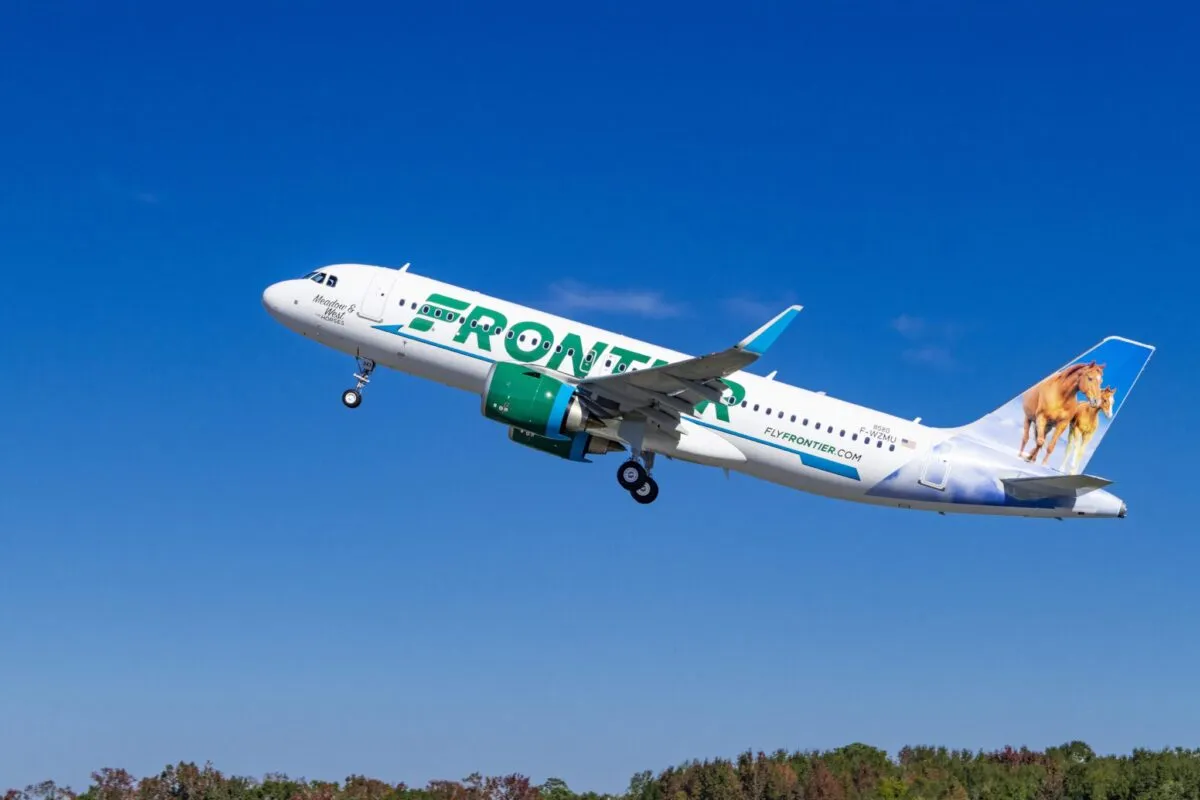Skift Take
Frontier is slashing capacity from over-served markets such as Las Vegas and Orlando as it chases higher-spending passengers.
Times are tough for America’s low-cost carriers, but Frontier says it has a solution. It published a three-point plan Tuesday that it hopes will deliver a huge surge in revenue over the next two years.
First up is a network overhaul. Squeezed profit margins and oversupply in once-lucrative leisure markets have left the country’s budget airlines scrambling to regain profitability. Frontier cited Las Vegas and Orlando as two prime examples during a call with analysts.
Total domestic capacity (by available seat miles) grew 4.4% last year compared to 2019. Las Vegas and Orlando markets increased by 20% during the same period – and they are still growing. Frontier thinks chasing these over-saturated routes with low margins is a fool’s errand. Instead, the company is pivoting its efforts towards better-yielding destinations.
This summer, Frontier will cut its Las Vegas and Orlando footprint from 34% of capacity in 2023 to just 23%. The planes and crews will be redeployed elsewhere. The idea is that Frontier will receive a smaller share of a bigger revenue pool with higher fares.
It believes that routes with strong ‘VFR’ (visiting friends and relatives) traffic will allow the airline to charge more than it can with its current network. During Tuesday’s call, Barry Biffle, Frontier CEO, said these VFR destinations are typically priced at $15-$20 more per ticket than the services they are replacing.
Frontier is Flying Smarter
The new strategy isn’t just about where Frontier flies – it’s about how it gets there too. The company is changing the way it uses its planes to boost efficiency. Instead of complicated multi-city itineraries, an ‘out-and-back’ model is being adopted.
Put simply, this means the plane and its local crew should start and end the day at their home base airport. This reduces operational complexity and cuts costly hotel spending for thousands of pilots and flight attendants.
Around one-third of Frontier’s summer 2023 schedule was ‘out-and-back’. By the end of March, this will be two-thirds. Management says they are on track to achieve their target of more than 80% of flights operating in this way by peak summer 2024.
Frontier’s planes are also getting cheaper to run. More than 65% of its remaining order book is for the Airbus A321neo. This is the largest narrowbody aircraft produced by the European firm and can seat up to 240 passengers. With more customers carried with the same set of pilots and airport slots, the average cost comes down.
Frontier took delivery of four A321neos during the fourth quarter of 2023. This helped increase the proportion of its fleet with new-generation, more fuel-efficient engines to 79% – the highest of any major U.S. airline. Expect this figure to rise even higher by the end of next year.
Is Frontier Going Upmarket?
In recent months, much has been said about the ‘Big Three’ airlines stealing market share from the budget carriers. United, Delta, and American have all intensified their products for price-conscious consumers, with many routes now offering a bare-bones ‘basic economy’ fare. These stripped-back tickets compete directly with low-cost carriers and help the legacy operators fill the back of the plane more profitably.
American’s chief commercial officer Vasu Raja said in a call with analysts on January 25 that the carrier saw 10% of its revenue come from customers who purchased a basic economy seat and then bought an add-on premium product.
Now it appears Frontier is fighting back – the second point of its 3-point plan. Late last week, it was announced that it would launch a new business-friendly product. Called ‘BizFare,’ it is designed to enable companies to save on travel expenses and is available through corporate booking systems.
Alongside some loyalty perks, BizFare passengers can expect a free carry-on bag, a premium seat, priority boarding, and no change or cancellation fees. While this isn’t a competitive business-class product, the company appears comfortable using the term ‘premium economy’ to describe some of the upcoming changes.
The third and final pillar of the profitability drive is filed under ‘brand and distribution’. Highlights here include a new website and app, which it is hoped will deliver more sales through Frontier’s platforms. More customers booking directly at FlyFrontier.com should boost opportunities to upsell those all important add-on products.
Frontier is moving fast. Company bosses expect most of the above to be in place by the end of the year, with the full benefits being felt in 2025. Based on the current operating environment, the airline is aiming for an adjusted pre-tax profit margin of 10-14% next year.
Network, revenue, and cost initiatives aren’t always blockbuster news, but if Frontier can pull this off, they’ll be the talk of the industry.
The Daily Newsletter
Our daily coverage of the global travel industry. Written by editors and analysts from across Skift’s brands.
Have a confidential tip for Skift? Get in touch
Tags: american airlines, delta air lines, frontier airlines, las vegas, low-cost carriers, orlando, united airlines
Photo credit: Airbus/Tad Denson Airbus/Tad Denson / Airbus/Tad Denson
